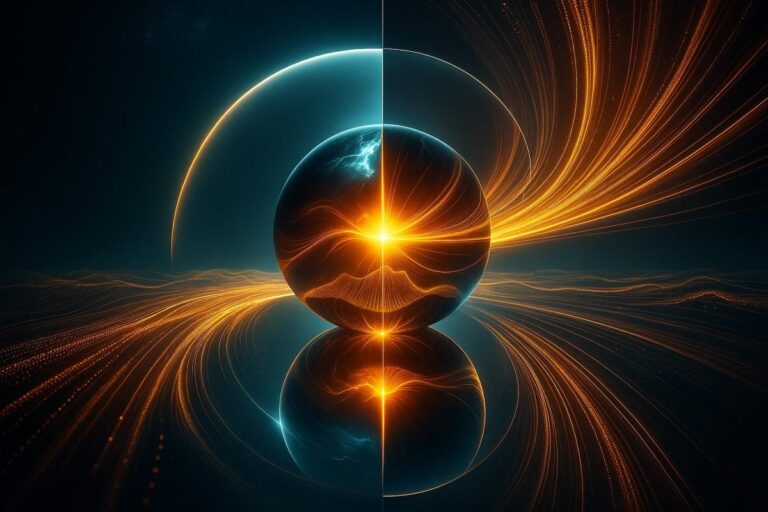The James Webb Space Telescope (JWST) has detected the most distant black hole ever observed, located approximately 13.2 billion light-years away. This discovery offers unprecedented insights into the early universe and the formation of massive celestial objects shortly after the Big Bang.What Makes This Black Hole Special?The newly discovered black hole is part of a galaxy that existed when the universe was only about 700 million years old.
With a mass equivalent to 10 million suns, it challenges current theories about how black holes grew so rapidly in the early universe.How the Discovery Was MadeThe JWST, known for its ability to peer into the farthest reaches of the cosmos, used its advanced infrared instruments to detect the light emitted by the galaxy surrounding the black hole. By analyzing this light, scientists were able to measure the black hole’s mass and study the surrounding environment.
Implications for Our Understanding of the Universe1. Formation of Black Holes: This discovery provides clues about how black holes formed and grew during the universe’s infancy.2. Galaxy Evolution: Studying the host galaxy helps researchers understand the relationship between black holes and the galaxies they inhabit.3. Cosmic Timeline: The findings contribute to a more detailed timeline of cosmic evolution, shedding light on the universe’s first billion years.
The Future of Space ExplorationThe discovery of such a massive black hole so early in the universe’s history highlights the power of modern telescopes like the JWST. As scientists continue to push the boundaries of space exploration, more groundbreaking discoveries are expected, further deepening our understanding of the cosmos.This milestone not only underscores the significance of the JWST but also reaffirms humanity’s quest to unravel the mysteries of the universe.

















+ There are no comments
Add yours